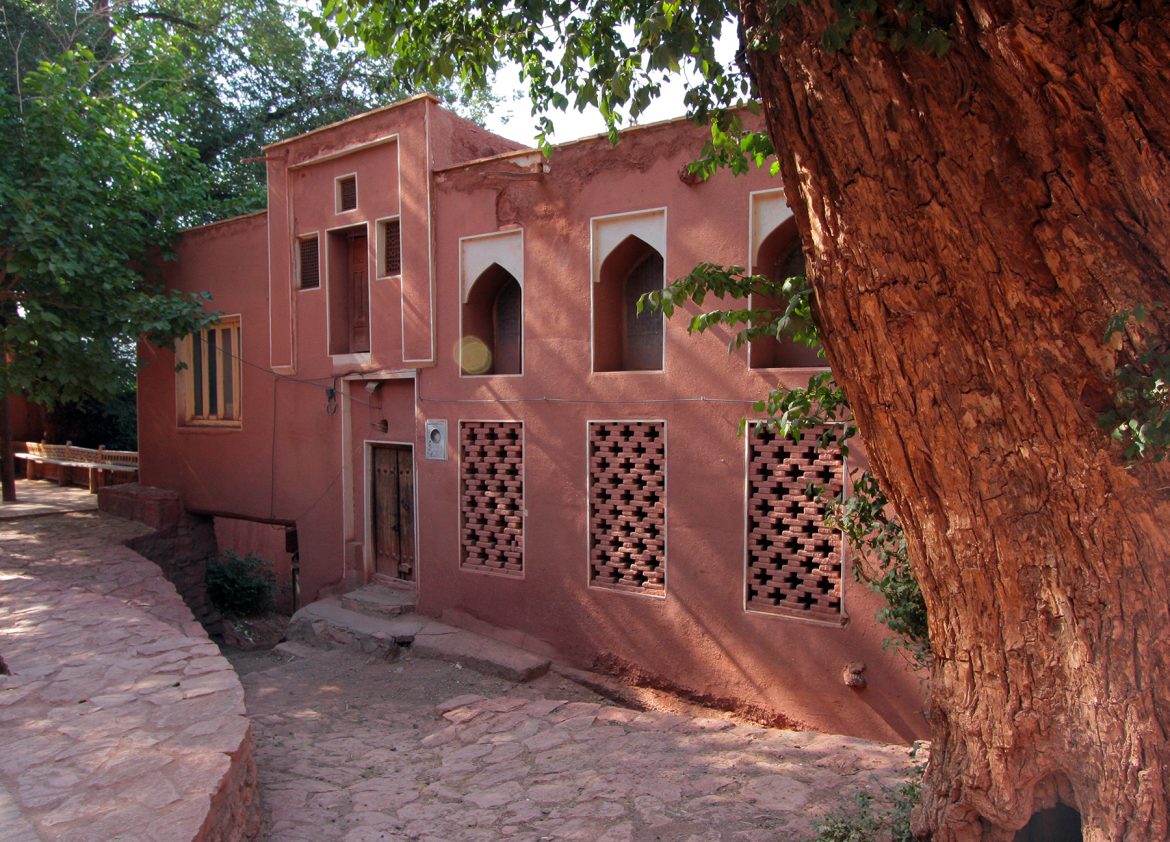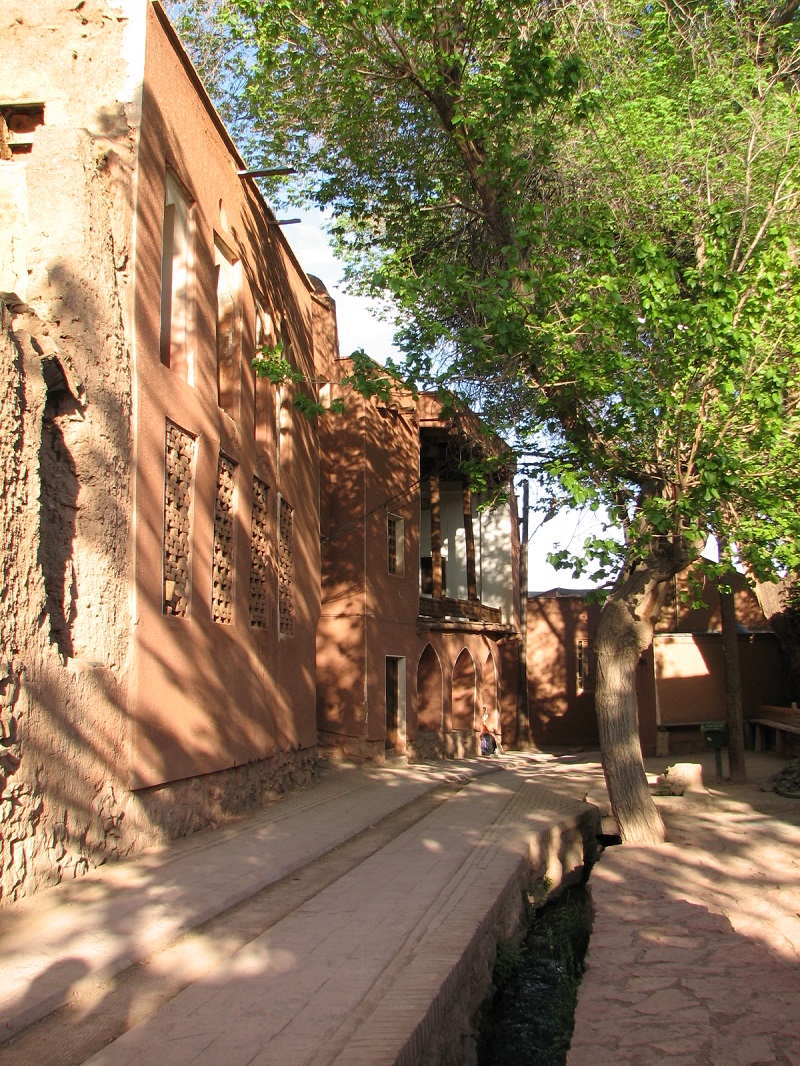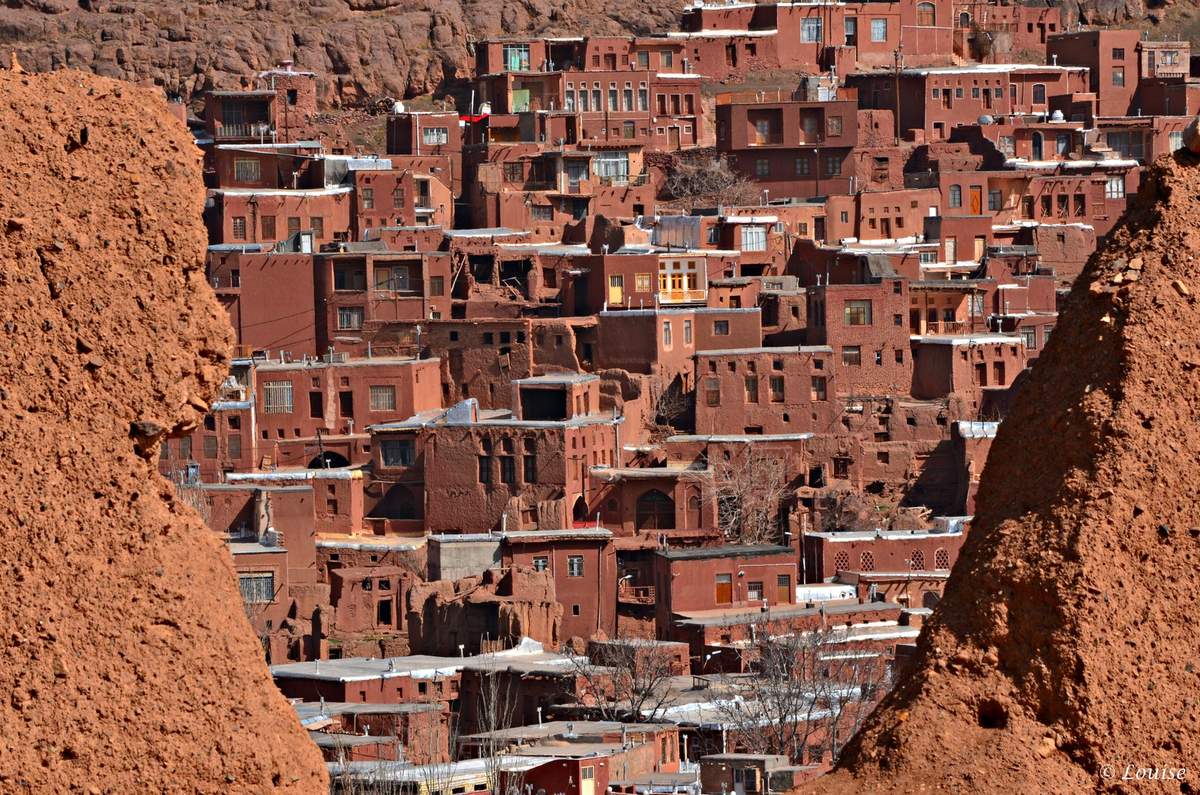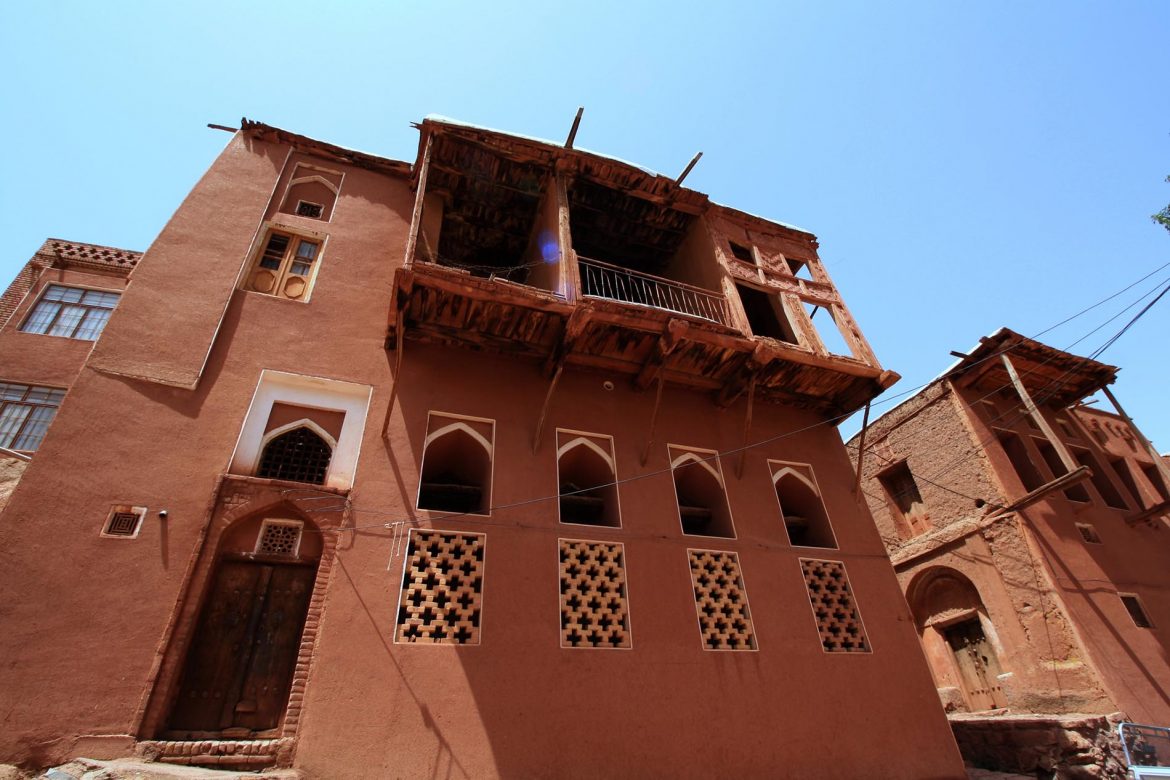About Abyaneh
If you are interested about a very brilliant place on earth, visit this magnificently beautiful destination! Of course! you will never ever see again in your lifetime. Abyaneh was founded as a city of Persian refugees who fled their native country out of fear of religious punishment. indeed, it was not the first in this category, as many other similar settlements were made all along a valley in the Iranian Karkas elevations. in fact, the charm of Abyaneh has made the city situated among its excellencies and perhaps is part of the reason why it has stuck around as long as it has.
Stunning Abyaneh Village was built on the foothills of Karkas elevations, right in central Iran, in Isfahan province. There is no fact that shows us how old is this beauty, but archaeologists estimated that it should be more than 1500 years old. They also found several historical sites near the village belong to Seljuk Empire, Sasanid dynasty, Safavid Dynasty, and Qajar Dynasty. So, not only this village has cultural attractions, but the historical as well. People of Abyaneh call the village as Viuna, meaning a place filled with trees. This place is located about 2222 meters above the sea line, so you can imagine how pleasant it would be to be surrounded by willow trees while a lovely touches your skin.




Leave a Reply